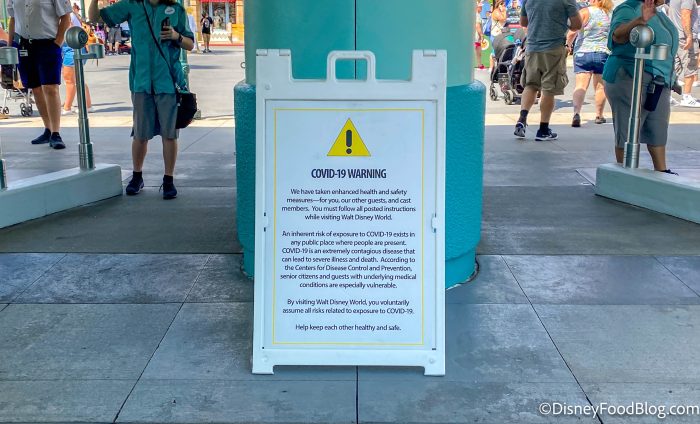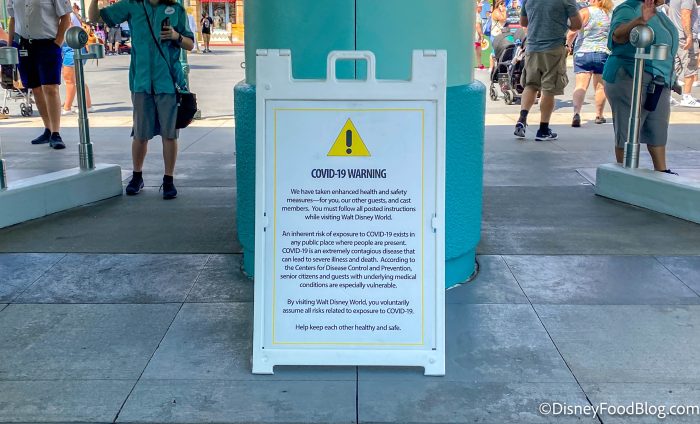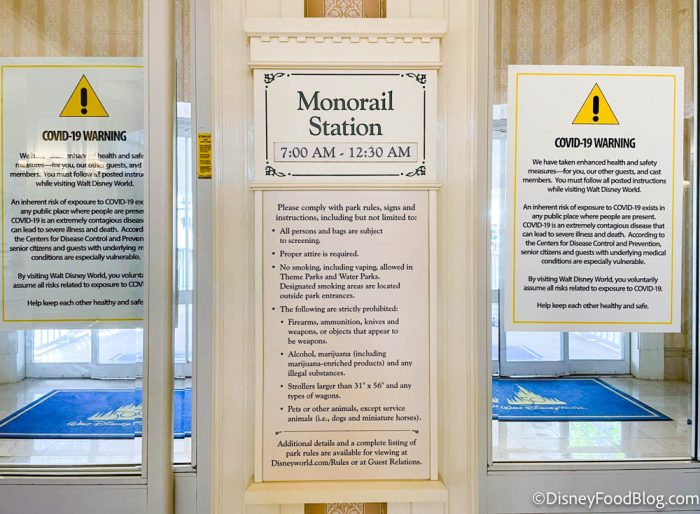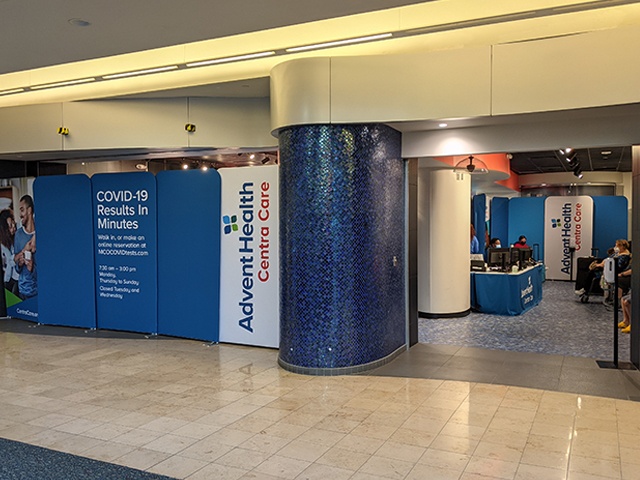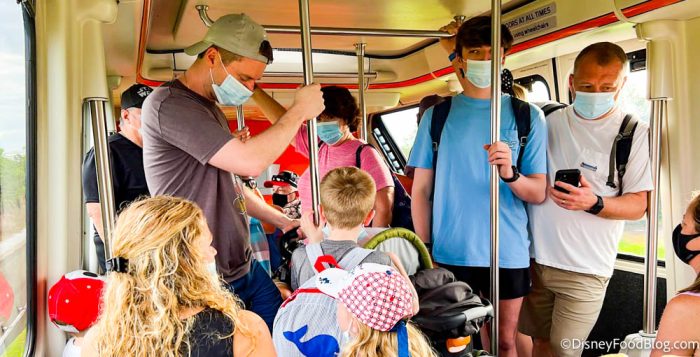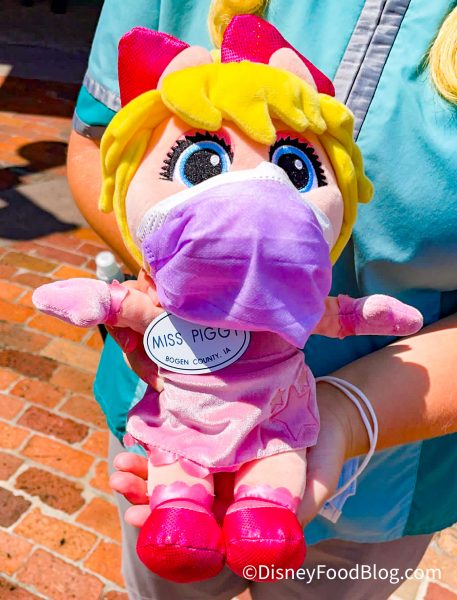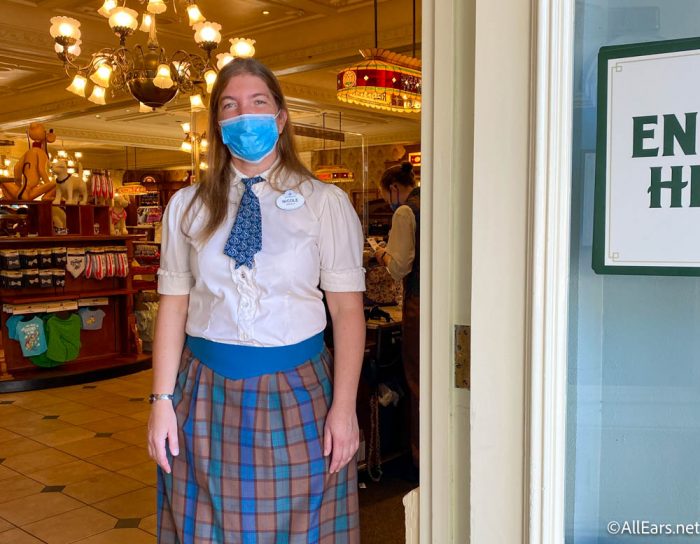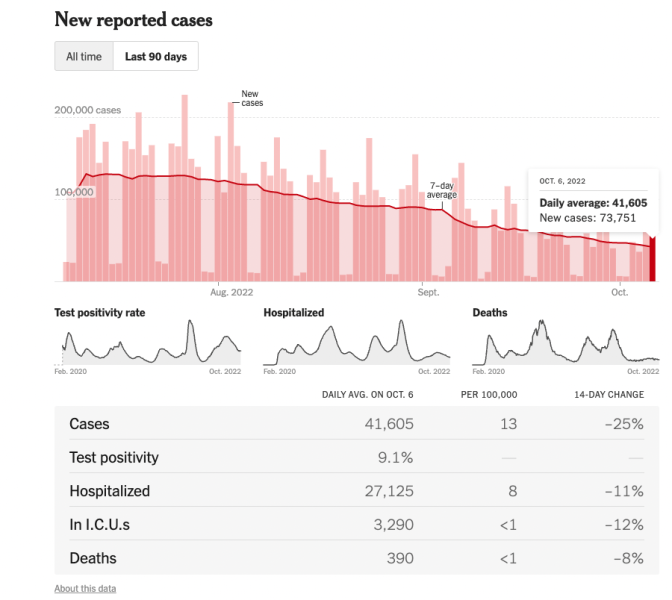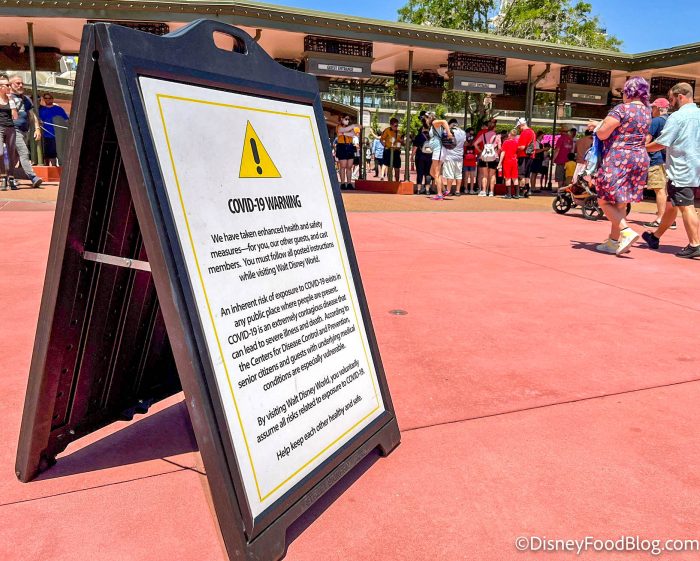To ensure we are equipping our readers with all the information they need, we will continue to report on all travel, safety, and COVID-related news that could impact a Disney Parks visit.
Mask requirements, social distancing, and transportation regulations — lots of things have changed over the past few months (and years) as the situation with COVID-19 continues to develop.
We’ve continued to look for updates on COVID-19 variants that are impacting the U.S. and more, and now we’ve got another update about what this winter could hold in terms of a potential pandemic surge.
A Possible New Surge
According to NPR, there have been some hints emerging that could indicate another possible surge of COVID-19 infections is heading to the U.S. They make it clear, however, that NO national surge has begun yet, and the number of individuals who have been getting infected by, hospitalized by, or dying from COVID-19 has been “gently declining.”
So why are they concerned about a potential surge? Well, there are a few reasons.
1 — Winter
They warn that winter could change things. As the weather cools, people tend to spend more time indoors. That’s a place where the COVID-19 virus spreads easier. And that could lead to a higher risk of “resurgence increase.”
Some computer models seem to predict that COVID-19 infections will continue to go down at least through the end of 2022. But researchers have indicated that some factors could change that.
2 — Europe
What’s happening now in Europe could serve as a clue of what could take place in the U.S. in the coming months. Infections of COVID-19 have been increasing in various European countries, including the United Kingdom and France.
Michael Osterholm, the director of the Center for Infectious Disease Research and Policy at the University of Minnesota shared, “In the past, what’s happened in Europe often has been a harbinger for what’s about to happen in the United States…We have to be prepared for what they are beginning to see in Europe.”
It’s not clear that the US will follow in Europe’s footsteps, though. This is largely because it’s unclear exactly why cases are increasing in Europe. It’s not known if the case numbers are increasing because of a greater susceptibility to new variants that they simply haven’t been exposed to yet, or if it has to do with differing levels of COVID-19 immunity or something else entirely.
If it’s largely due to changes in behavior and climate, then some indicate that the US could avoid a larger surge if individuals obtain the updated bivalent vaccine. But, they caution that if the increase in cases is due to “immune escape across several variants with convergent evolution” then things could be more concerning.
3 — COVID-19 Variants
One thing that could impact future COVID-19 surges is the number or type of COVID-19 variants that appear. Scientists are tracking a few new Omicron subvariants that could impact things, as some of them appear to be better at “dodging immunity.”
Still, assuming a dramatically different variant doesn’t emerge, NPR says it’s “highly unlikely this year’s surge would get as severe as the last two years in terms of severe disease and deaths.” That’s because there’s a lot more immunity in the population to COVID-19 compared to last winter — both from people who have gotten the virus (some of whom have gotten it more than once) and people who are vaccinated.
But what is the likelihood that a new, more dangerous variant could appear? According to CNBC, Dr. Anothony Fauci has indicated that he wouldn’t be surprised if a more dangerous variant does emerge this winter.
Dr. Fauci said, “We should anticipate that we very well may get another variant that would emerge, that would elude the immune response that we’ve gotten from infection and/or from vaccination.”
Despite downward trends for most hospitalizations and deaths due to COVID-19, Dr. Fauci warned that people should not let their guard down. Fauci noted how a similar situation happened in 2021 when cases went down and then the Omicron variant emerged to cause a “record-breaking surge in cases” during the winter.
Some of the Omicron subvariants that have emerged since then, like BA.5 and BA.4 are said to be 3 times LESS sensitive to antibodies from the original COVID-19 vaccine, according to some research.
Some newer subvariants may be able to evade immunity even better, but it’s unclear if any of those will become dominant.
4 — Wastewater
In some areas, the levels of COVID-19 being detected in wastewater are going up. But Amy Kirby, who is the national wastewater surveillance program lead at the Centers for Disease Control and Prevention, has said “It’s really too early to say something big is happening, but it’s something that we’re keeping an eye on.”
5 — Rising Cases
Some sources have indicated that infections and hospitalizations are rising in some areas in the US. Specifically, it appears to be rising in certain parts of New England and some northern areas (like the Pacific Northwest).
6 — Boosters
NPR points out that another “crucial variable” that could impact a potential rise in infections is how many people end up actually getting the new bivalent COVID-19 booster shot to “shore up their waning immunity.”
Thus far, booster distribution in the US has been sluggish. In fact, nearly 50% of people who are eligible to get a booster haven’t received one, and less than 8 million people have gotten the new bivalent booster despite over 200 million people being eligible for it.
Jennifer Nuzzo, who runs the Pandemic Center at Brown University’s School of Public Health, has said that because of the potential for a surge it is essential that people stay up-to-date with their vaccines.
Current Case Numbers
Again, current numbers show declines in cases, hospitalizations, and deaths tied to COVID-19 in the United States. But some of the factors discussed above could change that.
The New York Times has pointed out that cases did increase slightly in the Northeast in September, but some trends seem to indicate that the outbreak will be mild. About 68% of individuals of all ages are fully vaccinated, with only 33% vaccinated with a booster. Those numbers are larger for those ages 65 and up.
We’ll have to wait and see what happens and whether any of the factors that could lead to a surge ultimately affect the situation or if cases will continue to go down. A lot remains to be seen and the situation is subject to change at any point.
For now, note that masks are NOT required in Disney World, but Disney does note that masks are recommended for guests who are not fully vaccinated when in indoor locations or on enclosed transportation.
We’ll continue to look for more updates.
For more updates about COVID-19 and travel to Disney World or Disneyland, click here
Join the DFB Newsletter to get all the breaking news right in your inbox! Click here to Subscribe!
The post COVID-19 and a Potential Winter Surge: What You Need to Know first appeared on the disney food blog.

